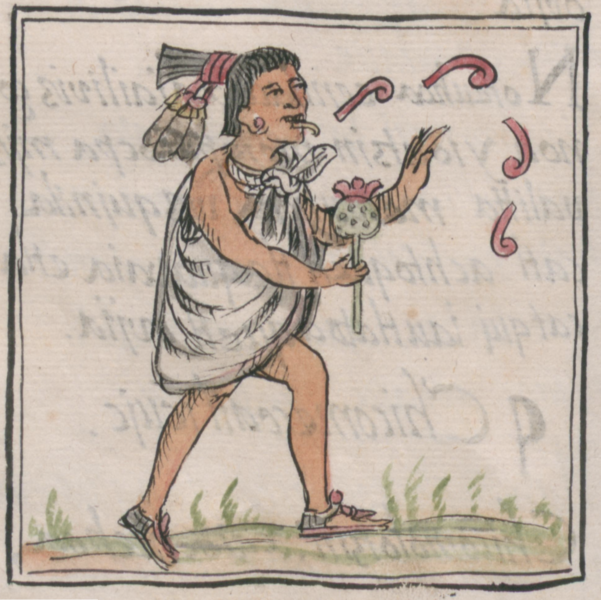
Although most of the site should be easily read, some notes on the translation of proper names, especially place names, may help readers to understand more clearly.
In general, proper names are not translated unless they include descriptive words not easily understood by the English speaking public.
Two very good examples of this are words like alcaldía and calzada.
Alcaldía as a type of municipality has no good translation. As it is used as the official type of municipal entities within Mexico City, we’ve retained the same word throughout these pages. The 16 alcaldías of Mexico City might be compared with the boroughs of New York City while noting the in-comparability of these boroughs with all other boroughs in the United States’ system of local and municipal governments.
Calzadas can be easily translated as “causeways.” As the word is not in common usage for street names in most English speaking places, we’ve translated the names of calzadas where they’re still used in Mexico City. Among the most important are the “Mexico-Tacuba Causeway” and “La Viga Causeway.”
Most other street names retain their Spanish language qualifiers, as in Avenida Insurgentes Norte, and Calle Madero.
Other words in Spanish, and Nahuatl words commonly used in Mexican Spanish, are in italic text unless they designate proper names of people, institutions, or places. (Many of them do.)